The role of Algrano’s quality lab is to represent coffee well on behalf of sellers without inflating scores or writing sales-y flavour descriptions. To get the balance right, QC Manager Jessica Giacetti keeps the evaluation simple and explains her cupping notes in detail to both buyers and sellers.
In this blog, she explains why she likes to exchange profiles with farmers and shares her roast profile for Ethiopian coffee.
"You need to find a way to be on the same page. It can be challenging because producers are mostly only cupping their own coffees or coffees from the same country. It’s harder to calibrate when you’re not exposed to a huge portfolio of varieties, acidities, etc.”
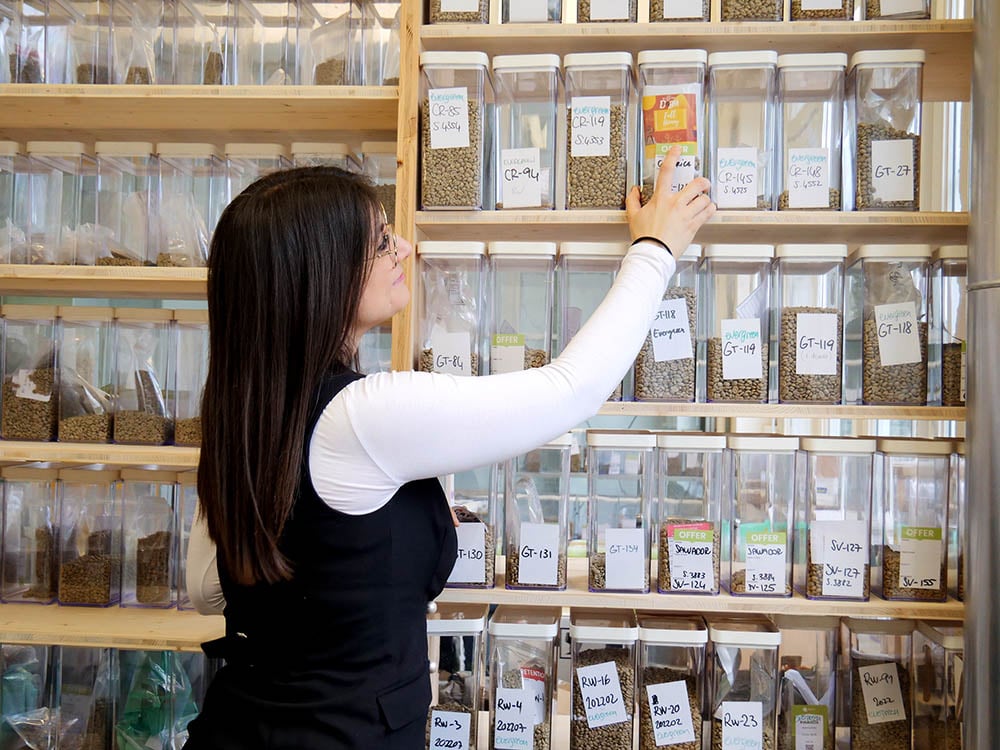 Producers place a lot of trust in Algrano when they send samples for distribution. They can write their own cupping results on their offer pages but they count on the lab’s evaluation to give more credibility to their coffee - and to have an idea of how buyers will perceive them.
Producers place a lot of trust in Algrano when they send samples for distribution. They can write their own cupping results on their offer pages but they count on the lab’s evaluation to give more credibility to their coffee - and to have an idea of how buyers will perceive them.
The lab’s job is a delicate one. They need to represent the coffee well to support producers in their quest for direct market access. But as Algrano is not the final buyer, we can’t simply inflate scores to sell. We have to be as objective as possible so roasters trust the results too.
More Time, Fewer DHL Bills & Consistency
We often receive a big number of samples from the same producer (20 or 25 at times!) and feedback on all of them. This helps us get calibrated and decide, together, which coffees we should offer. In the end, there will be around five to eight offers, curated by the seller and Algrano.
In the long term, calibration saves money and time. It helps the producer by reducing the number of samples they need to send (DHL isn’t cheap). And it helps the quality control team, which won’t have to cup another round of new 25 samples every season.
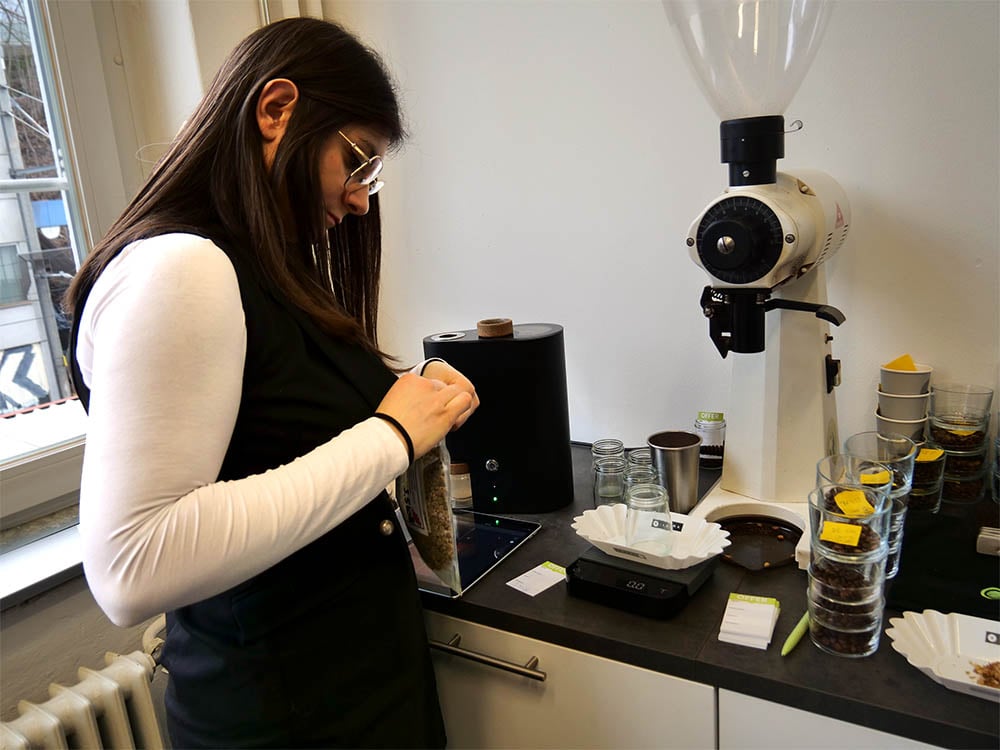
We’re also able to track the consistency of a coffee throughout the offer period (from type to pre-shipment and landed sample) and different harvests. We can highlight variations to producers and provide more data about consistency to roasters.
Stick to the Flavour Wheel and Overexplain
For Jessica Giacetti, Quality Control Manager, calibrating means finding common ground with producers. She doesn’t have to agree to the exact score of a coffee (up to a 1.5-point difference is not uncommon). It’s not target practice. But she has to understand what they’re talking about when they’re talking about an 85 and vice-versa.
“You need to find a way to be on the same page. It can be challenging because producers are mostly only cupping their own coffees or coffees from the same country. It’s harder to calibrate when you’re not exposed to a huge portfolio of varieties, acidities, etc,” Jessica warns.
The Q-Grader explains that the best way to calibrate with people who might have a different palate is to keep things simple. “I use very common taste descriptors and stick to the flavour wheel,” she starts. “I used to describe the body as ‘elegant’ or ‘silky’ but the reality is that people might not really know what that means.”
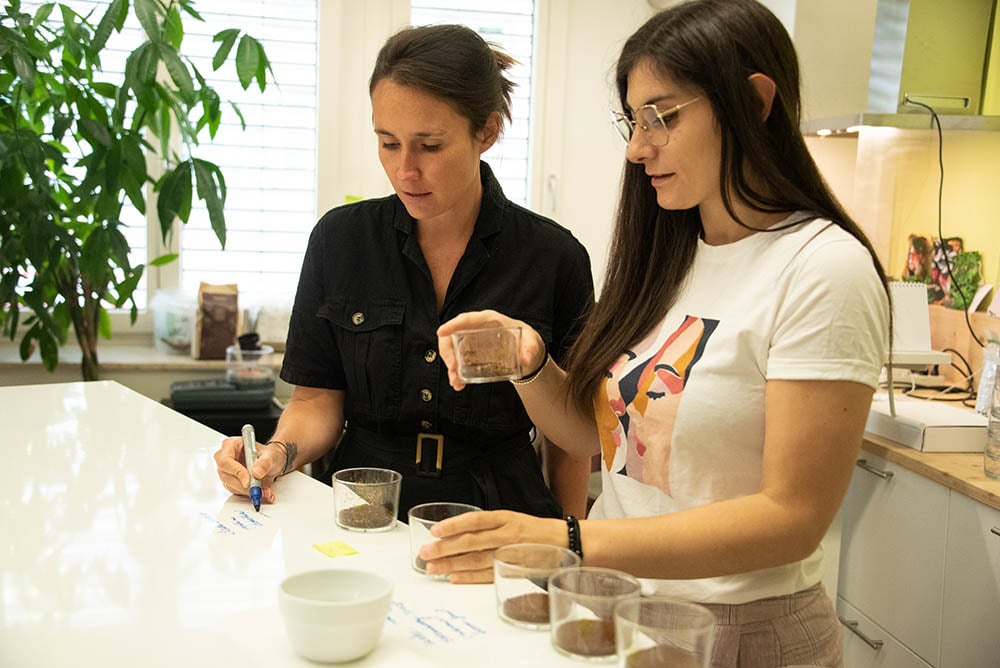
Describing the quality of taste is as important as describing the intensity. “Is the acidity a pleasant one? Is it balanced in the cup? Is it astringent?” - Jessica explains. Presenting a complete description removes ambiguity and helps others understand how you taste coffee.
Tweaking Standard Sample Roasts
The same simplicity goes for sample roasting. Algrano’s lab uses the IKAWA sample roaster since the platform’s launch in 2015. The machine’s ease of use and small batch size allows the team to cover a large volume of samples without requesting too much material from producers.
“Unlike what you would do when roast profiling, a good sample roast doesn’t have to enhance a particular aspect of the coffee,” Jessica explains. For her, it’s not about trying to make the coffee taste better through the roast and rather about assessing each coffee as it is.
“I don’t overcomplicate the sample roast,” she starts. When Jessica gets a new coffee, she chooses an initial profile based on density and country of origin. And this is as simple as a gentle and longer roast curve for lighter beans and a more energetic, faster curve for denser beans.
>> Learn More About IKAWA for Professionals Here.
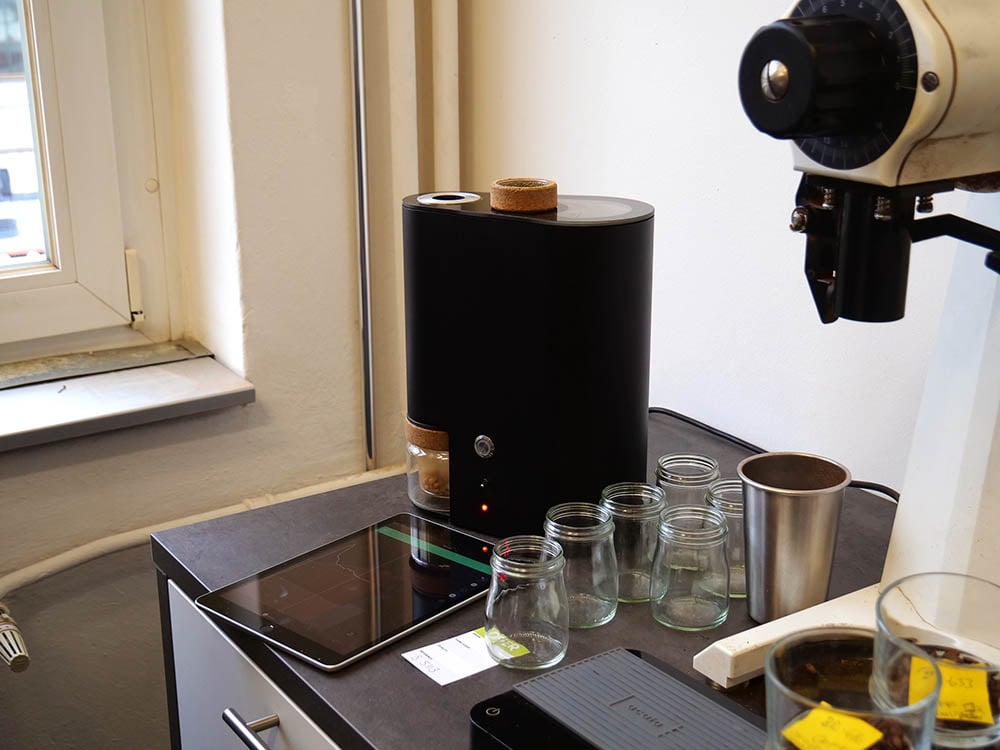
If she needs to tweak the roast, Jessica focuses on colour, development time ratio (DTR) and total development time. “It depends on the coffee and it helps to change the IKAWA profile as I roast because I take my standard roast curve more as a reference than something to follow precisely.”
Increasingly, Jessica pays more and more attention to a roast’s total development time - she tries to keep it around 50 to 60 seconds. Her roasts on IKAWA are mostly short (less than six minutes), so she gets to 15% or 20% DTR pretty fast. If she ignores the total development time, she ends up with underdeveloped coffee.
Experimental Coffee: When Sharing Profiles Really Helps
Though most coffee producers we work with still don’t have IKAWAs, it’s really helpful when they do - especially for trickier coffees, such as lots with experimental processing methods.

The lab has exchanged profiles with producers in Brazil, Guatemala, Tanzania and other origins. “The roasting conditions are different and the water we use is different but we have found profiles that have translated well and adopted some of them,” says Jessica.
Even when producers don’t have IKAWAs, they might send profiles from clients who do. Once, a Tanzanian farmer shared Tumi Ferrer’s profile on IKAWA’s library to roast a crazy, easily burned coffee. “The roast was too light for us but we increased the development time and the cup did taste clearer.”
Preparing for the Ethiopian Coffee Harvest
With fresh samples starting to arrive from Ethiopia, Jessica is entering one of the busiest times of the year. Luckily for her, Ethiopian coffees tend to be very forgiving as far as sample roasting is concerned, expressing themselves nicely as long as they’re sufficiently developed.
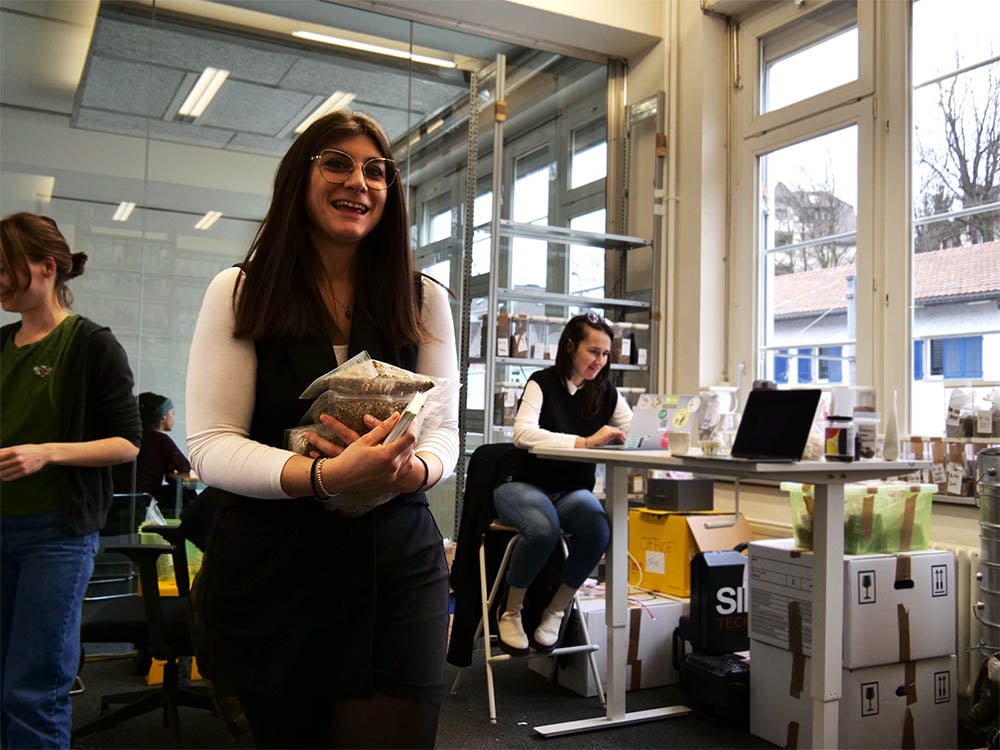
Jessica uses the same profile for washed and natural coffees, starting the roast at 145℃ with a drop temperature of 202℃.
The total roasting time is around 5’20” for washed lots. For naturals, 5 to 10 seconds more should be enough to further develop the sugars. Development time ranges from 40-45 seconds for washed lots and around 50 seconds for naturals.
This profile can also be used on one of Jessica’s favourite Ethiopian coffees on Algrano, Mebrahtu Aynalem’s Carbonic Maceration Micro-lot produced in the village of Halo Beriti, Worka district. This coffee ranked high in Ethiopia’s Cup of Excellence in 2020. With a combination of raspberry and blue cheese, it begs for an adventurous palate…




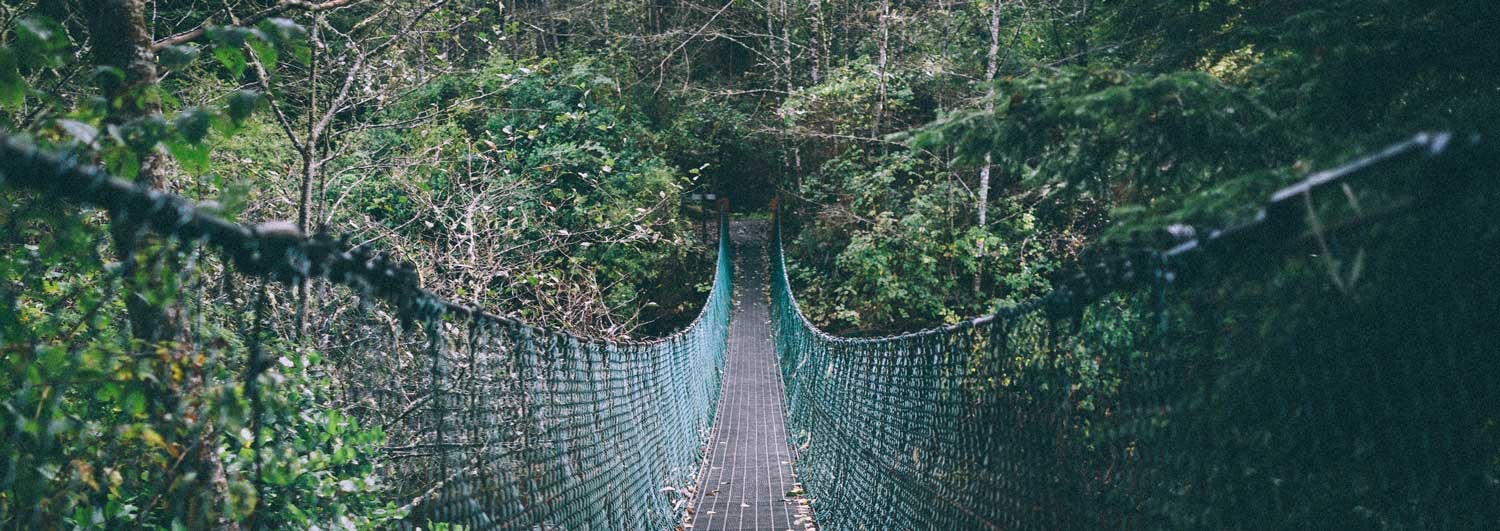
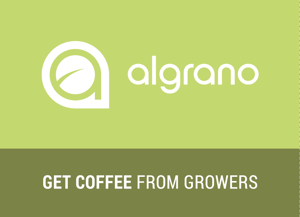
Let Us Know What You Thought about this Post.
Put your Comment Below.